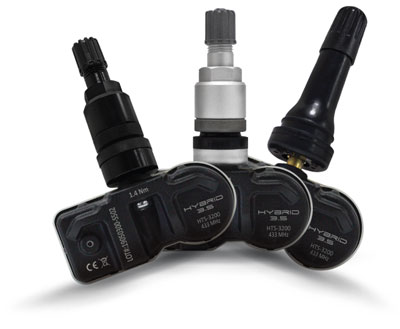TPMS
Stumped by TPMS? Finally an Explanation of How TPMS Works!
How Can We Help?
There is nothing wrong in admitting you have no idea how Tyre Pressure Monitoring Systems work – you’re not the only one! It’s a technology on the rise and many can’t afford to ignore it any longer.
TPMS Recap
As you will know, TPMS Sensors provide real-time data and live feedback on the dashboard to a vehicle’s driver – giving warnings, air pressure readings and recommended actions among other feedback. They truly are a revolutionary tool for modern driver safety.
The electronic valve system has been designed as a legal requirement that must be installed on all vehicles manufactured from 2014 onwards.
Direct or Indirect Types of TPMS
TPMS can function within a vehicle in one of two ways. Directly or indirectly.
Direct
Direct TPMS uses a mounted sensor inside each of the wheels to monitor the air pressure. The sensor will then send an alert to the driver’s dashboard. Usually a light or warning sign will appear if the air pressure drops below a critical point (generally 25% of the normal tyre pressure).
Indirect
Indirect TPMS monitors measure pressure through the wheel speed sensors, usually found on the anti lock braking system (ABS). If one wheel is spinning at a different RPM to others it is likely that tyre’s pressure is low. Feedback is again sent to the driver’s dashboard.
General wear and tear can occur over time, with each TPMS sensor degrading or being damaged – leading to them needing replacement.
After replacing a TPMS sensor for a brand new one, it has to be reprogrammed via a TPMS diagnostic tool for the specific vehicle make and model. This enables the sensor to talk to the vehicle and send accurate readings.
Do you need any further information on TPMS? Then get in touch on 01527 883580 to discuss in more detail or find our range of products online.


